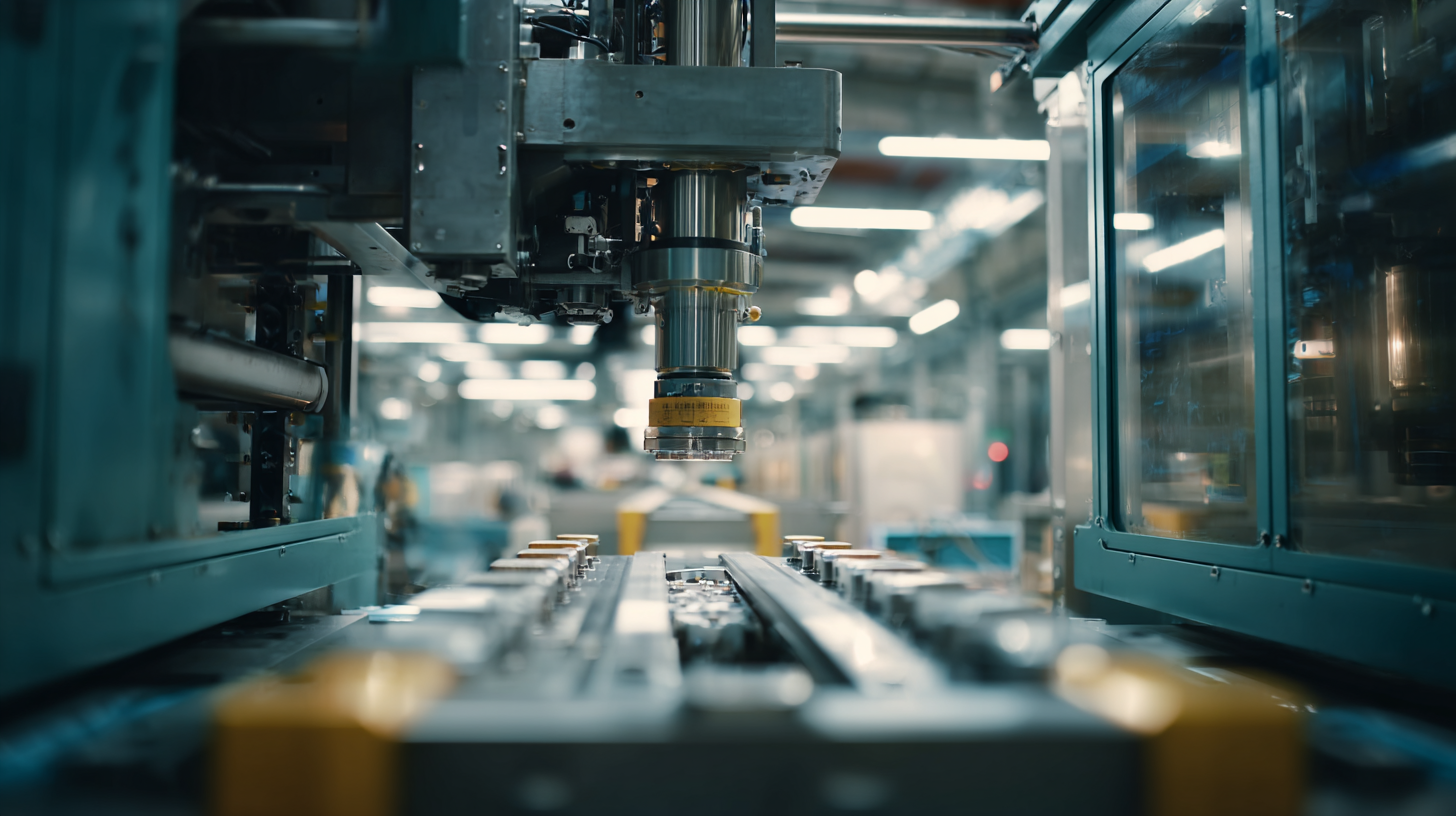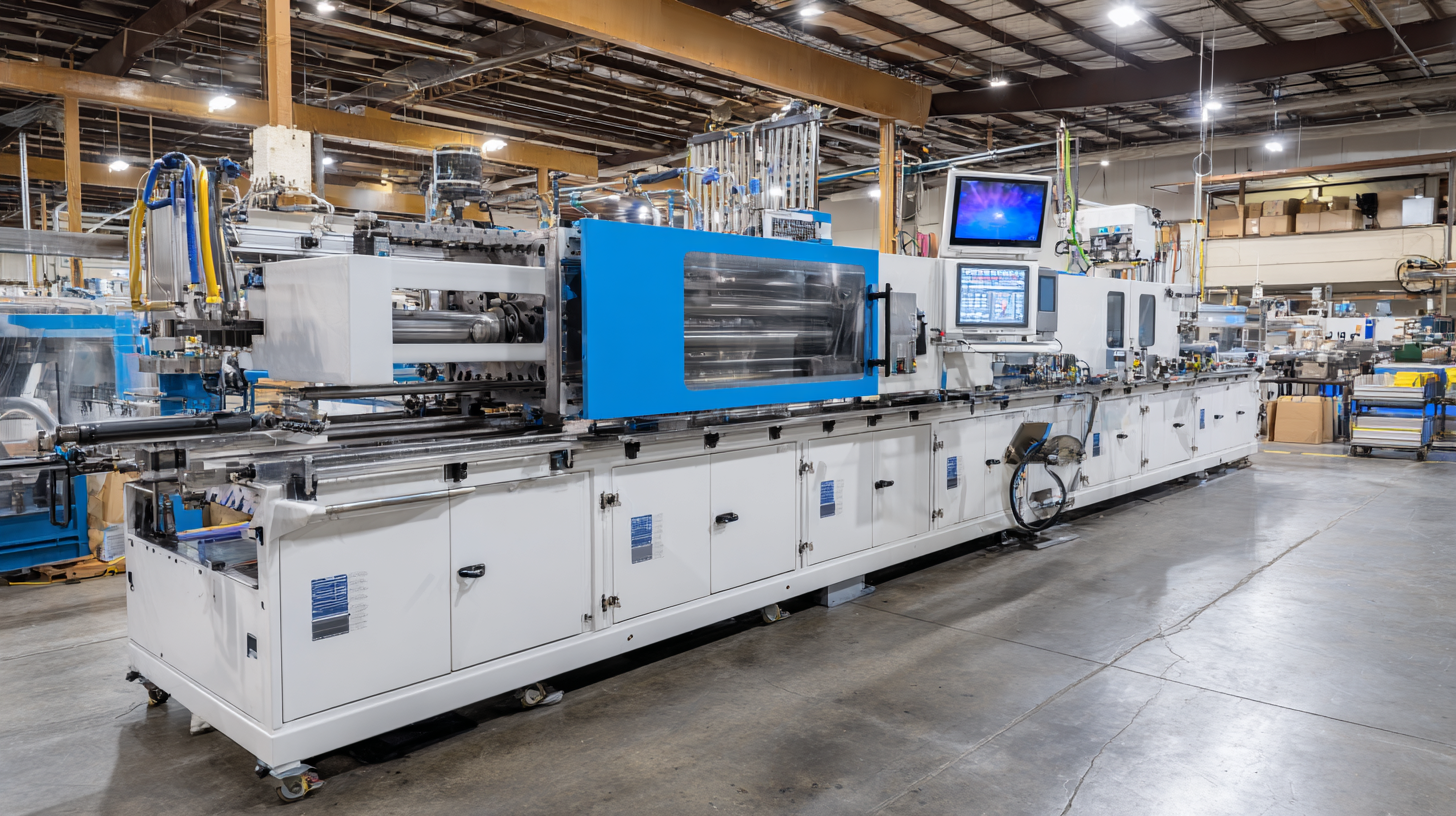In the competitive landscape of manufacturing, efficiency and innovation are key drivers of success. Low pressure molding systems have emerged as a transformative solution that not only enhances productivity but also reduces waste and operational costs. According to a recent report by MarketsandMarkets, the global market for low pressure molding is projected to reach $700 million by 2025, growing at a CAGR of 7.5%. This growth underscores the increasing adoption of low pressure molding technology across various sectors, including automotive, electronics, and aerospace.
Expert insights further emphasize the significance of low pressure molding systems in modern manufacturing environments. Dr. Emily Carter, a leading authority in polymer engineering, states, "Low pressure molding systems provide manufacturers with unparalleled flexibility and precision, allowing for intricate designs while minimizing material shortages." Her observation reflects the system's ability to cater to complex geometries and protect sensitive components during the molding process, thus enhancing product longevity and reliability. As industries continue to seek sustainable and cost-effective manufacturing solutions, low pressure molding systems stand out as a vital technology that can streamline operations and drive innovation.

Low pressure molding systems offer unparalleled design flexibility that can significantly enhance manufacturing processes. One of the primary advantages is their ability to accommodate complex geometries and intricate shapes without the need for extensive tooling. This allows manufacturers to create customized parts that can meet specific application demands, reducing the time and costs associated with traditional molding methods. Additionally, the low pressure application minimizes the risk of part deformation, ensuring that the final products maintain their intended design and functionality.
Another key benefit of low pressure molding systems is the use of a variety of materials, including thermoplastics and silicone, which can be selected based on the unique requirements of each project. This material versatility not only supports innovative designs but also enhances the performance characteristics of the end products, such as improved thermal and chemical resistance. By integrating low pressure molding into the manufacturing workflow, companies can quickly pivot to accommodate changing market needs, streamline their production processes, and enable rapid prototyping, all while maintaining high-quality output and efficiency.
Low pressure molding systems present a cost-effective manufacturing solution that caters to a variety of applications across multiple industries. By utilizing low pressure techniques, manufacturers can significantly reduce material waste and lower energy consumption, ultimately translating to savings in production costs. This method is especially beneficial for companies seeking to optimize their operational budgets while maintaining high standards of quality in their products.
Additionally, low pressure molding systems offer versatility that allows for easy adaptation to different manufacturing needs. They can be used in processes such as encapsulation, potting, and overmolding, making them suitable for electronics, automotive, and medical device production. The ability to quickly switch between different molds and materials fosters efficiency and can help streamline the manufacturing processes, further enhancing cost savings and increasing overall productivity. By investing in low pressure molding technology, manufacturers can achieve greater flexibility and responsiveness in an ever-evolving market.
Low pressure molding systems have revolutionized the manufacturing landscape, particularly in enhancing product quality through precision molding techniques. By utilizing lower temperatures and pressures, these systems minimize the risk of material deformation and ensure that components are molded with outstanding accuracy. This precision is crucial in sectors such as automotive, electronics, and medical devices, where the slightest deviation can affect functionality and safety.
**Tips**: To maximize the benefits of low pressure molding, it’s essential to select the right materials that are compatible with your process. Conducting thorough testing before full-scale production can help identify any potential issues early on, allowing for adjustments that can enhance both the quality and durability of the final product.
In addition, maintaining consistent environmental conditions during the molding process can lead to better results. Factors such as humidity and temperature can significantly influence the flow and curing of the molding materials. Ensuring that your workspace is controlled can lead not only to improved product quality but also to fewer production disruptions and a smoother workflow. Embracing these practices can elevate the efficacy of low pressure molding systems, leading to superior end products.
Low pressure molding systems have emerged as a game-changer in the manufacturing sector, significantly impacting production timelines and operational efficiency. One of the primary advantages of these systems is their ability to reduce production time. Traditional molding processes often involve lengthy cycles that can delay output and increase costs. In contrast, low pressure molding enables faster cycle times due to its efficient heating and cooling processes, allowing manufacturers to bring products to market more quickly.

In addition to improving speed, low pressure molding systems enhance operational efficiency. By utilizing lower temperatures and pressures, these systems minimize material waste and energy consumption. This not only leads to more sustainable manufacturing practices but also lowers overhead costs. Furthermore, the precision of low pressure molding reduces the likelihood of defects, ensuring higher quality products and less rework. As a result, manufacturers can achieve higher throughput while maintaining rigorous quality standards, ultimately contributing to a more streamlined and responsive production environment.
 Low pressure molding systems are revolutionizing the manufacturing landscape by prioritizing environmentally friendly practices and minimizing waste output. According to a report by the Business Research Company, the global low pressure molding market is expected to reach USD 550 million by 2025, driven by the increasing demand for sustainable manufacturing solutions. This technology leverages thermoplastic materials that can be reused, significantly reducing the need for raw material extraction and minimizing the carbon footprint associated with traditional molding processes.
Low pressure molding systems are revolutionizing the manufacturing landscape by prioritizing environmentally friendly practices and minimizing waste output. According to a report by the Business Research Company, the global low pressure molding market is expected to reach USD 550 million by 2025, driven by the increasing demand for sustainable manufacturing solutions. This technology leverages thermoplastic materials that can be reused, significantly reducing the need for raw material extraction and minimizing the carbon footprint associated with traditional molding processes.
Moreover, low pressure molding systems operate at lower temperatures and pressures compared to conventional injection molding. This results in decreased energy consumption and lower emissions during production. The Environmental Protection Agency (EPA) estimates that energy-efficient manufacturing processes could lead to a reduction of greenhouse gas emissions by up to 30%. As manufacturers seek to align with stringent environmental regulations and consumer demand for sustainable practices, integrating low pressure molding systems becomes a strategic advantage, facilitating a greener manufacturing process while maintaining cost-effectiveness and operational efficiency.






